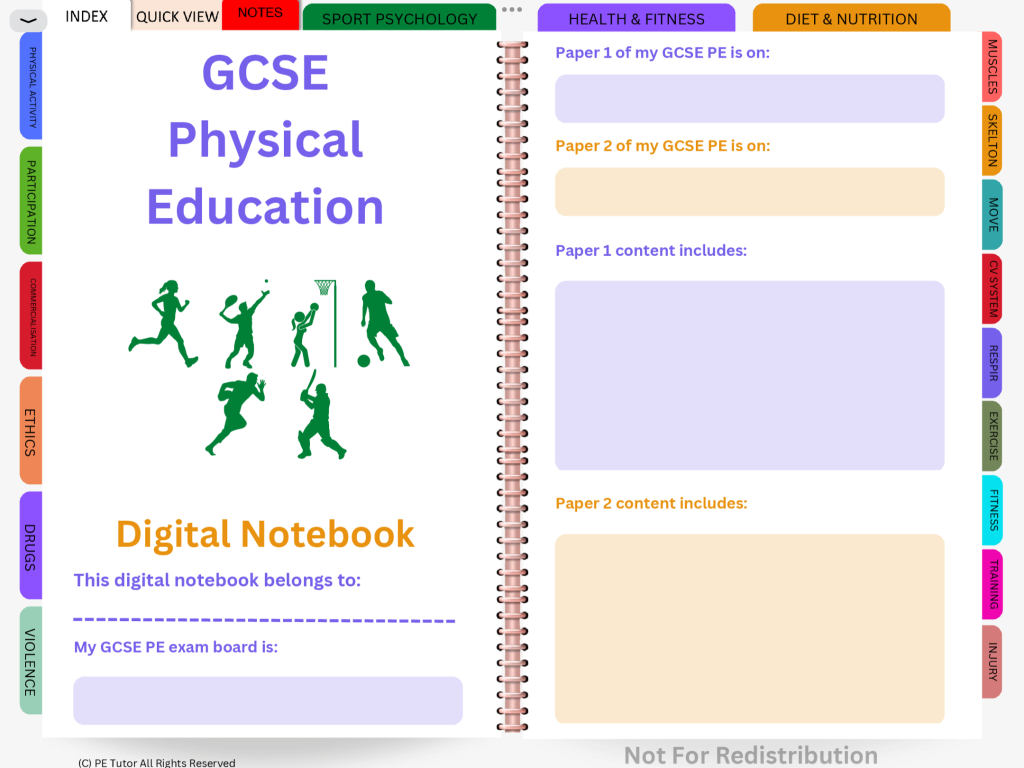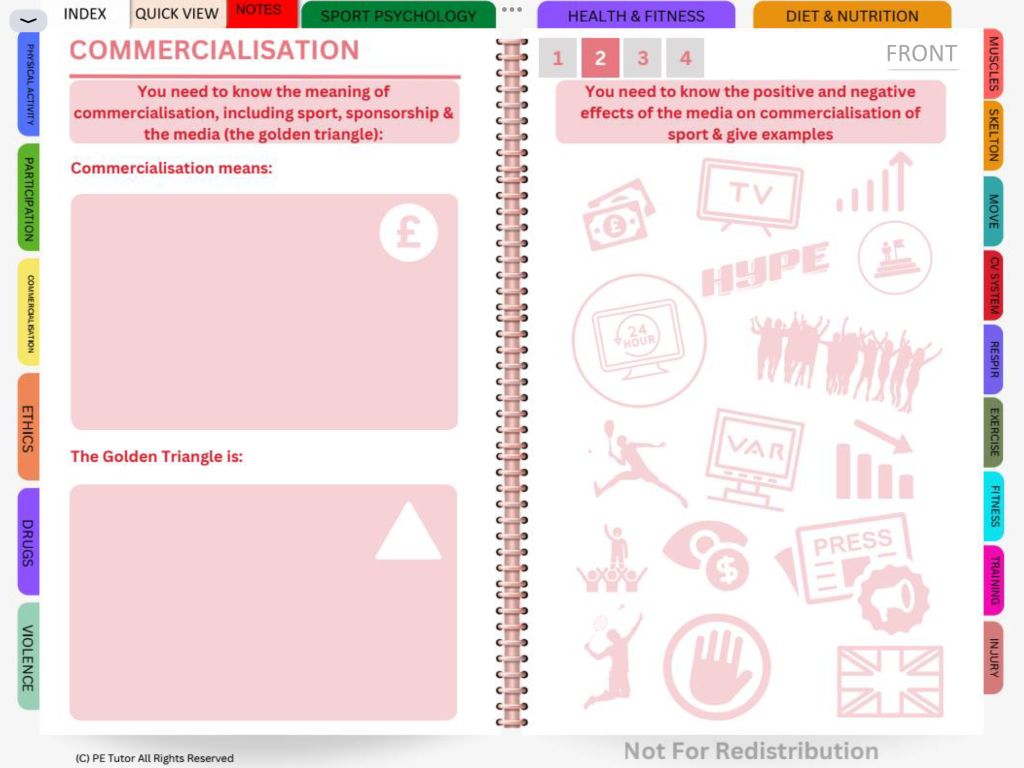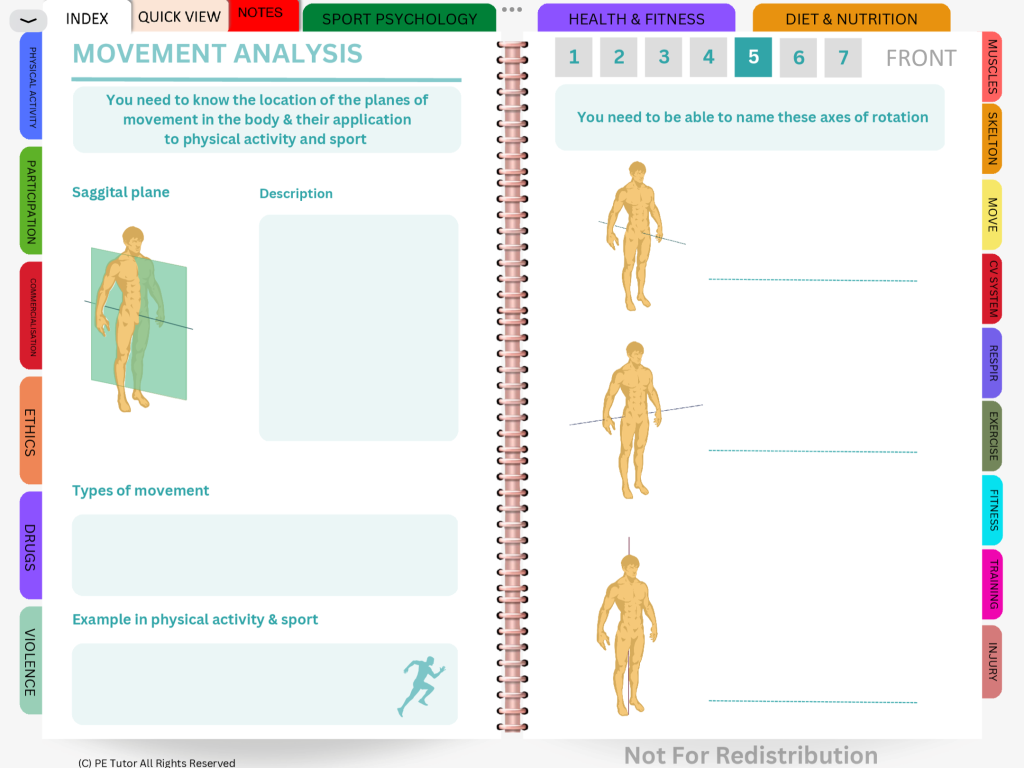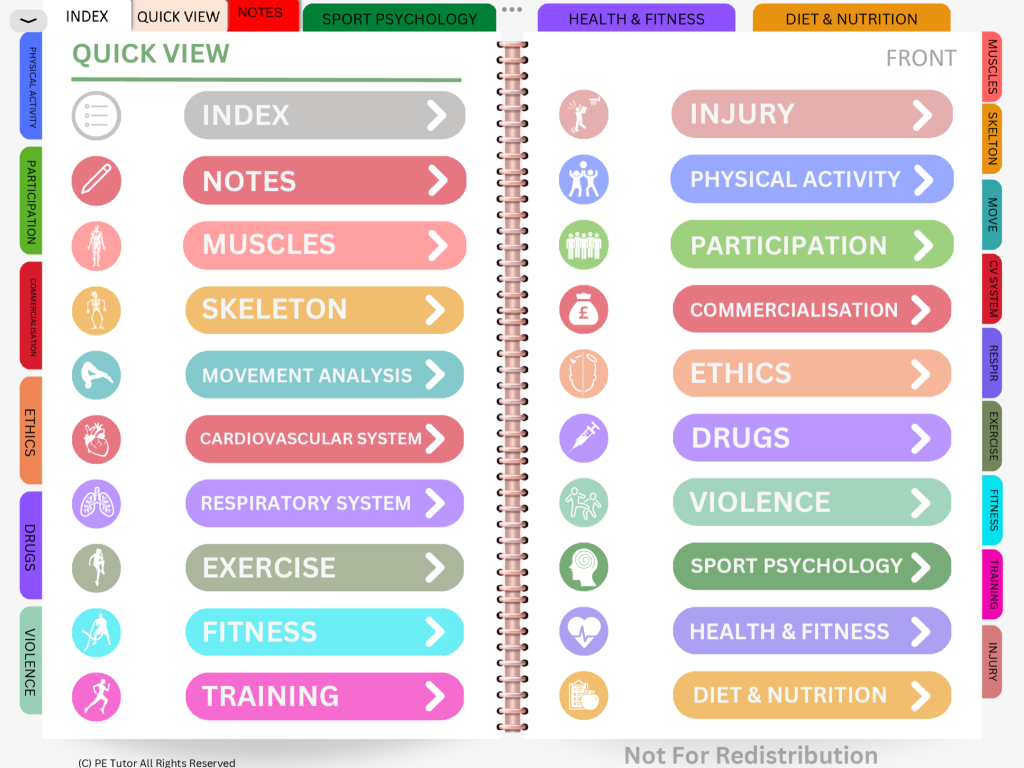Very happy to share this guide on using OneNote ClassNotebook which I created for colleagues. Please feel free to download and use in your setting.
How To Add a Section
Select the section in which you want the new section to appear. For example, if you want to add a new section to the Content Library, make sure the Content Library is selected. Click the purple Add Section text at the bottom of the Section pane. Name the section and click OK. The new section will appear.
How To Add A Page
Select the section you want the new page to appear in. In the Page pane, click Add Page at the bottom of the pane. The new, untitled page will appear.
How To Name a Page
Type in the name of your page at the top of the main canvas. The name of the page will appear in the pages pane.
How To Add Text to a Page
Click anywhere under the title to start typing on the page. Type away and edit as you would normally using the MS ribbon and tool bar. To reposition the text, hover your cursor over the top of the text box, using the crosshair icon drag the text box to your desired position.
How To Add an Image
Click on the page. Click the INSERT tab. Click PICTURE. Choose where you want to get your image from. Follow the onscreen instructions to get your image. Click INSERT. You can resize and reposition your picture on the page. Resize the picture by clicking on it. Drag handles will appear, use these to resize your image. You can move your image by hovering the mouse on the top of the image. The cursor will change to cross hairs, use these to drag the image to the desired position.
How To Add a Video from (YouTube, Flipgrid, Vimeo)
Find the video (on YouTube, Flipgrid) you want to put on the page. On YouTube, click the SHARE button. Copy the video URL address. Go back to OneNote, click the page and paste in the address. Press the RETURN key on your keyboard. Your video is right there in OneNote, ready to play! You can reposition it by following the steps above. (See Add an image).
How To Add Audio (using a PC – mic needed or laptop)
If you are using a PC, click on the Class Notebook page. CLICK the INSERT tab. Click the Audio icon. If you have a microphone connected to your PC you can start speaking straight away to add your audio / spoken feedback or instructions. Click the STOP icon when you have finished speaking.
How To Add Audio (using the iPad)
On the iPad, tap the INSERT tab and then tap the page to activate the icons. Tap the audio icon and start speaking straight to record your spoken feedback / instructions. Tap STOP RECORDING when you have finished speaking.
How To Add an Attachment
Click on the page. Click INSERT. Click FILE. Click INSERT AS ATTACHMENT. Follow the onscreen instructions to get your file. Click INSERT. Your file will appear as an icon (e.g., a Word icon) on the page. N.B. When a student clicks on the icon, the document will open in a new window.
How To Add a Printout
Click on the page. Click INSERT. Click FILE. Click INSERT FILE PRINTOUT. Follow the onscreen instructions to get your file. Click INSERT. Your document will appear in full on the page. Best practice is to save your documents as PDFs before inserting them as file printouts. Tip: This works well with PowerPoint decks, but you will lose any interactivity. They should be Set As Background so that students can annotate them. (See ‘How To Ensure Students Can Write On or Type Over Documents’ below).
How To Add a Link to a Website
Click on the page. Click INSERT. Click LINK. In the pop-up window, add the URL address of the website and give it a name in the display text box. Click INSERT. When students click on the link they will be directed to the website. N.B. The website will open a new window.
How To Add a Webpage (using Apple Pencil)
On your iPad ensure the Apple Pencil settings are set to LEFT CORNER SWIPE – SCREENSHOT – ON. Go to Settings – Apple Pencil to activate this setting. Navigate to the website you want to add to the OneNote page. Swipe your Apple Pencil from the bottom left-hand corner to the middle of the screen. Next, tap Full Page at the top of the screen. Now tap the export icon (the square with the arrow pointing out of the top). Drag the app icons across to find the OneNote icon. Tap on it and choose which Notebook and section you want to send the webpage to. Title the page and then tap send. At the desired location, touch and hold the icon and then tap Printout to see the entire webpage on the OneNote canvas.
How To Distribute Pages to Students
Make sure you are in / on the page you want to distribute to your students. Click on CLASS NOTEBOOK on the ribbon at the top of the Notebook. Click on DISTRIBUTE PAGE. To distribute a page to all your students, click on DISTRIBUTE PAGE from the drop-down menu. In the pane on the right-hand side, select the student section you want to distribute the page to. Click the purple DISTRIBUTE page. The page will then be distributed to all students and will be in the designated section in their Notebook. (NB. This may take a little while – be patient!).
To distribute a page to one student, follow the same procedure above, but select INDIVIDUAL DISTRIBUTION instead of DISTRIBUTE PAGE from the drop-down menu.
How To Create Subsections within Sections
To create a subsection in the section pane, click on Class Notebook then Distribute New Section, then click on Distribute New Section Group. Name the new section group in the box provided and then name the new section (sub section). You can add multiple new sections by clicking + Section. Then click DISTRIBUTE. The new section group and subsections are distributed to all students. N.B. The new section group is not added to the Content Library nor the Teacher Only section.
How To Change Students’ Names from Their School Code
This needs to be done in the desk top app, currently Windows 10. On your PC, type OneNote into the search bar in the bottom left-hand corner of the screen. Click on the OneNote icon to open it. Navigate to the Class Notebook you want to edit – you will see the name of the Notebook under the ribbon in the top left-hand side of the screen. Use the drop-down menu to locate the Notebook you want.
Along the top of the page, you will see tabs with your students’ school code. Hover your mouse over a tab and right click. You can now change the name of the tab to the student’s first name and last name, for example.
How To Mark Students’ Work (on the PC)
On the PC, click on Class Notebook, then click on Review Student Work. A pane will appear on the right-hand side of the screen. Select the section you want to navigate to, click Next then click the page where your students’ work is / should be. Click Next and the names of all your students will be shown. Click on the first student’s name at the top, this student’s page will automatically open and you can mark their work. When you are ready to move on to the next student’s work, just click the second student’s name on the list and their work will automatically appear.
You can insert voice /audio feedback (as above) as well as ink and highlight areas of the students’ work.
How To Mark Students’ Work (on the iPad)
On the iPad, tap on Class Notebook, then tap on the Review Student Work icon, which is the document with a blue tick in the bottom right-hand corner. Tap Review Student Work. A pane will appear on the right-hand side of the screen. Select the section you want to navigate to, click Next then click the page where your students’ work is / should be. Click Next and the names of all your students will be shown. Click on the first student’s name at the top, this student’s page will automatically open and you can mark their work. When you are ready to move on to the next student’s work, just click the second student’s name on the list and their work will automatically appear.
To mark students’ work, tap on the DRAW tab and use you Apple Pencil to digitally annotate and mark. You can add a voice note by tapping on INSERT, tapping on the page and then tapping the audio icon.
How To Change the Appearance of the Page
To change the page colour, click on View and then Page Colour. Select the desired page colour.
On the iPad, to change the paper style click View and then Paper Style. Select the desired paper style.
On the PC, to change the paper style you need to be on the desktop Windows OneNote app. Click View and then click Rule Lines. Select the desired paper style.
How To Use the Collaboration Space
The collaboration space is an area in which students can work together to complete tasks. You can use the collaboration space in a number of ways. You can set up a task which all students can access and contribute to, or you can create different tasks for groups for smaller numbers of students to access. To set up a whole class activity, simply create your task on a page in the collaboration space. There is no need to change any settings as all your students can access this page.
If you want to create different tasks for smaller groups of students, you can restrict student access to specific pages within the Collaboration space. To do this, you need to create the pages and activities in the Collaboration space first. Then, click on the Class Notebook tab, then click Manage Notebooks (a book icon). Then click the collaboration space permissions and assign your students to the specific page within Collaboration space that you want them to have access to. Only the assigned students can access the designated page.
How To Use the Content Library Section
The content library section is a place where you can put your documents which your students are able to see but they are not able to edit. This means that they are read only for the students. You can distribute pages to your students from the content library section and students can copy pages from the content library section and paste them in their own Class Notebook.
How To Use the Teacher Only Section
The Teacher Only section is a secret section that only the teacher can see, and this is where the teacher can store documents and materials which are not accessible to students. The teacher can distribute pages to students from the teacher only section when they wish to, or they can distribute them to the content library if they want to make them available to students as read only documents.
How To Ensure Students Can Write On or Type Over Documents
To ensure students can write on or type over documents that you have distributed to them the document needs to be pinned to the background. This is done on the iPad or the desktop Windows app.
On the iPad, touch and hold the document and several options will appear in a black bar at the top of the document. If it is not immediately visible, click the arrow to the right of the black bar and then tap on Set Picture As Background. This will now allow students to write on the document and to type over it.
Your students can also set picture to background on the iPads by following the same method.
In the Windows app, select the document and right click on the mouse. From the drop-down window select Set Picture As Background. If the document has more than one page or slide, you will need to repeat the process for each page or slide in the document.








